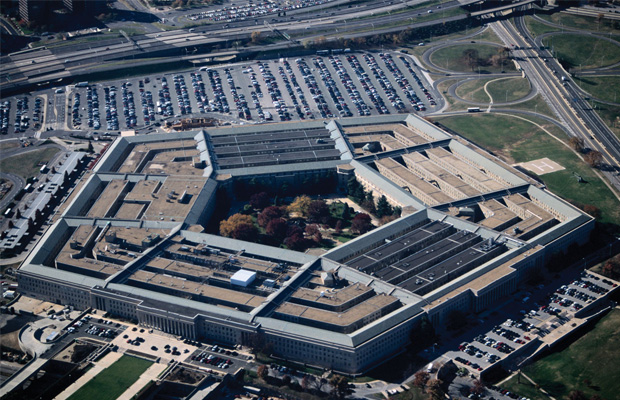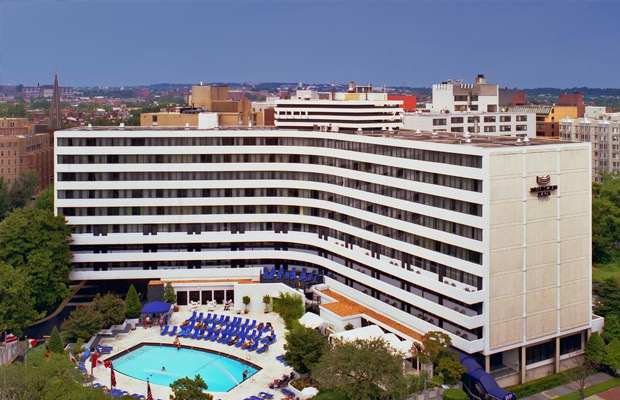Thomas Jefferson Memorial
Thomas Jefferson Memorial
USA
Washington DC
Washington DC Travel Guide
Book Tour & Activities
Your tour in Washington DC.
Book your stay
Your hotel in Washington DC.
Overview
The Jefferson Memorial is a presidential memorial in Washington, D.C., dedicated to Thomas Jefferson, one of the most important of the American Founding Fathers as the main drafter and writer of the Declaration of Independence, member of the Continental Congress, governor of the newly independent Commonwealth of Virginia, American minister to King Louis XVI, and the Kingdom of France, first U.S. Secretary of State under the first President George Washington, the second Vice President of the United States under second President John Adams, and also the third President, as well as being the founder of the University of Virginia at Charlottesville, Virginia.
The neoclassical Memorial building is situated in West Potomac Park on the shore of the Tidal Basin off the Washington Channel of the Potomac River. It was designed by the architect John Russell Pope and built by the Philadelphia contractor John McShain. Construction of the building began in 1939 and was completed in 1943. The bronze statue of Jefferson was added in 1947. Pope made references to the Roman Pantheon and Jefferson's own design for the Rotunda at the University of Virginia.
History
It became apparent that the site was well suited for another high-profile memorial since it sat directly south of the White House. By 1901 the Senate Park Commission, better known as the McMillan Commission, had proposed placing a Pantheon-like structure on the site hosting "the statues of the illustrious men of the nation, or whether the memory of some individual shall be honored by a monument of the first rank may be left to the future"; no action was ever taken by Congress on this issue.
The completion of the Tidal Basin Inlet Bridge in 1908 helped to facilitate the recreational usage of East and West Potomac Parks. In 1918, large liquid-chlorine dispensers were installed under the bridge to treat the water and make the Tidal Basin (also known as Twining Lake) suitable for swimming. The Tidal Basin Beach, on the site of the future Memorial, opened in May 1918 and operated as a "Whites Only" facility until 1925, when it was permanently closed to avoid the question of racial integration.
A design competition was held for a memorial to Theodore Roosevelt in 1925. The winning design was submitted by John Russell Pope and consisted of a half-circle memorial situated next to a circular basin. The plan was never funded by Congress and was not built.
The Memorial's chance came in 1934 when President Franklin Roosevelt, an admirer of Jefferson, in large part because of the book on Jefferson by his friend Claude G. Bowers, inquired to the Commission of Fine Arts about the possibility of erecting a memorial to Jefferson, including it in the plans for the Federal Triangle project, which was under construction at the time. Later the same year, Congressman John J. Boylan jumped off FDR's starting point and urged Congress to create the Thomas Jefferson Memorial Commission. Boylan was appointed the Commission's first chairman and Congress eventually appropriated $3 million for a memorial to Jefferson.
The Commission chose John Russell Pope as the architect in 1935. Pope was also the architect of the National Archives Building and original (west) building of the National Gallery of Art. He prepared four different plans for the project, each on a different site. One was on the Anacostia River at the end of East Capitol Street; one at Lincoln Park; one on the south side of the National Mall across from the National Archives; and one situated on the Tidal Basin, directly south of the White House. The Commission preferred the site on the Tidal Basin mainly because it was the most prominent site and because it completed the four-point plan called for by the McMillan Commission (Lincoln Memorial to the Capitol; White House to the Tidal Basin site). Pope designed a very large pantheon-like structure, to sit on a square platform, and to be flanked by two smaller, rectangular, colonnaded buildings.
Located in: National Mall
Address: 16 E Basin Dr SW, Washington, DC 20242, United States
Hours: Open 24 hours
Established: April 13, 1943
Architecture firm: Eggers & Higgins
Architects: John Russell Pope, Otto Reinhold Eggers, Daniel Paul Higgins
Video Travel Inspiration
See Thomas Jefferson Memorial on Map
Most Popular Cities

Siem Reap
Cambodia
Ho Chi Minh City
Vietnam
Beijing
China
Paris
France
London
United Kingdom
New York
USA
Tokyo
Japan
Bangkok
Thailand
Seoul
South Korea
Vientiane
Laos
Yangon
Myanmar
Washington DC
USA
Los Angeles
USA
Ottawa
Canada
New Delhi
India
Singapore
Singapore
Kuala Lumpur
Malaysia
 English
English French
French Khmer
Khmer Thai
Thai Vietnamese
Vietnamese Chinese
Chinese Korean
Korean German
German Japanese
Japanese Italian
Italian Russian
Russian Spanish
Spanish Dutch
Dutch Indonesian
Indonesian Malay
Malay





































